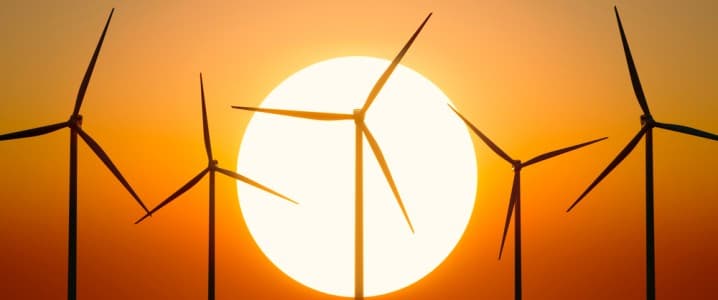The UK government is launching its first onshore wind strategy, aiming to deliver up to 29 gigawatts (GW) of onshore wind power by the end of the decade.
In the newly minted Onshore Wind Taskforce Strategy, the UK has set out more than 40 steps government and industry will take to help deliver the goal. That includes driving ambitious reforms to planning, grid connections, and routes to market, while building the supply chains and skilled workforce the UK needs.
Last year, the UK removed the de facto ban on onshore wind in England, in place since 2015, to boost onshore wind capacity as the country aims to have as much as 95% of all electricity coming from low-carbon energy sources by 2030.
The UK’s Clean Power Action Plan targets a near-doubling of onshore wind capacity, up to 29 GW by 2030. That will require rapid development of new onshore wind across Britain and repowering of existing sites to bring British consumers some of the cheapest homegrown power that can be produced, the government said.
The authorities are already working with NESO to slash the queue of projects waiting to connect to the grid to accelerate the best onshore wind developments.
“Rapid deployment of onshore wind is our first line of defence against future gas price spikes – every megawatt added displaces imported gas in the power system,” said Chris Stark, Head of Clean Power 2030 at the UK’s Department of Energy Security and Net Zero.
In 2024, wind power overtook natural gas to become – for the first time ever – the UK’s largest source of electricity generation for a full year.
Renewables generated more than 50% of Britain’s electricity for four consecutive quarters to the third quarter of 2024 for the first time, averaging 51% during 2024, the National Energy System Operator (NESO) noted.
The share of natural gas averaged 26.3% last year, while nuclear accounted for 14%, and solar represented 5% of the UK power generation in 2024.
By Tsvetana Paraskova for Oilprice.com
More Top Reads From Oilprice.com:

